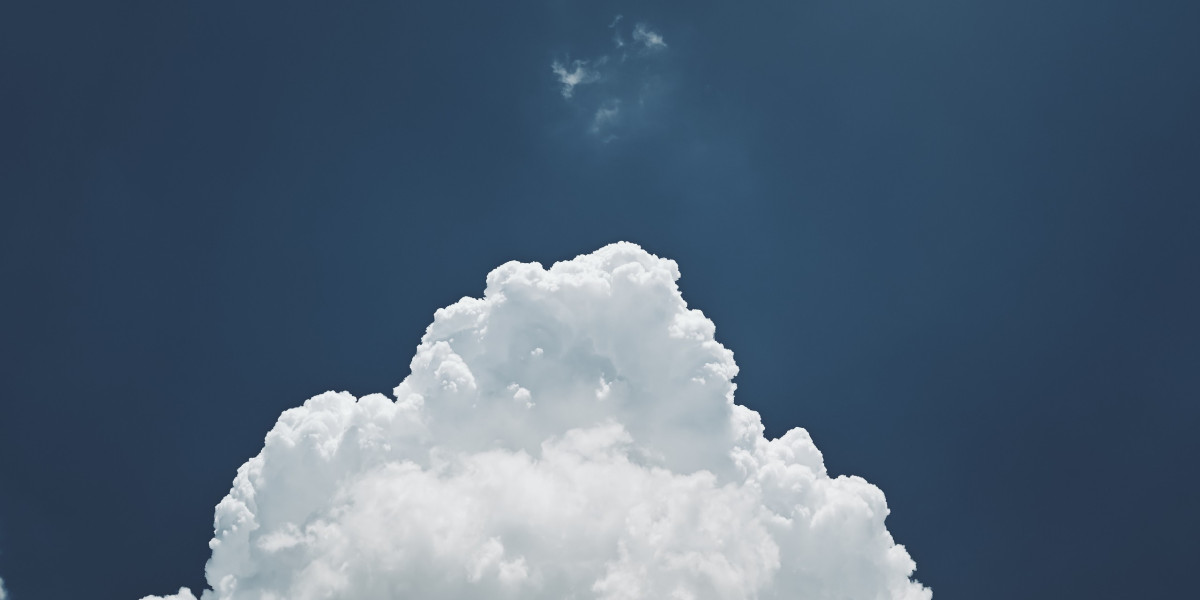Unleash Your Creativity: Discover the Ultimate Tripods for Any Weather Challenge!
When venturing into the great outdoors with a camera in hand, the last thing any photographer wants to worry about is their equipment holding up against the elements. A durable tripod for harsh weather conditions not only enhances creativity but also ensures reliability when it matters most. Whether you’re capturing the serene beauty of a rain-soaked landscape or the dynamic movement of a wind-swept scene, having the right tripod can make all the difference. In this article, we’ll explore the features and benefits of weather-resistant tripods, helping you understand why investing in a high-quality tripod is essential for any serious photographer or videographer.

Understanding the Need for Durability in Tripods
Photography can be an unpredictable art form, especially when nature is involved. Rain, wind, snow, and extreme temperatures can challenge even the most seasoned professionals. A sturdy tripod is crucial for maintaining stability and ensuring that your shots come out clear and focused, even in less-than-ideal conditions. I recall a weekend trip with friends to a national park during a sudden rainstorm. While others scrambled to protect their gear, I confidently set up my tripod, knowing it was built to withstand the elements. That day, I managed to capture stunning long-exposure shots of waterfalls, while others missed the opportunity. This experience underscored the importance of having a durable tripod that can handle whatever the weather throws at you.
Key Characteristics of Weather-Resistant Tripods
When searching for a tripod designed for harsh conditions, several key characteristics stand out. First, the materials used in the tripod's construction play a critical role in its durability. For instance, aluminum and carbon fiber are popular choices, each with distinct advantages. Aluminum is robust and typically more affordable, while carbon fiber is lighter and offers better shock absorption. Additionally, the design elements of the tripod should not be overlooked. Features such as weather seals, rubber feet for traction, and adjustable legs contribute to the tripod's overall performance in challenging environments. The weight of the tripod also matters; a lightweight option can be a game changer when hiking long distances, while still providing the stability needed for quality photography.
Material Considerations
When it comes to materials, aluminum and carbon fiber are the primary contenders. Aluminum tripods are known for their strength and durability, making them suitable for a variety of weather conditions. However, they can be heavier, which might be a drawback for those who prioritize portability. On the other hand, carbon fiber tripods are lightweight and resistant to temperature changes, reducing the likelihood of expansion or contraction that could affect stability. Each material has its pros and cons, and the best choice will depend on your specific needs and how often you plan to photograph in harsh conditions.
Design Features
Several design features enhance a tripod's usability in adverse weather. Weather seals help keep moisture out of the joints and locks, ensuring that the tripod remains functional even in rain or snow. Rubber feet provide a secure grip on slippery surfaces, preventing unwanted slips that could compromise your equipment. Additionally, adjustable legs allow for versatility in uneven terrain, giving you the flexibility to set up your shot wherever you find yourself. These thoughtful design elements collectively contribute to a tripod's ability to perform reliably in challenging conditions.
Benefits of Using a Durable Tripod in Adverse Weather
The benefits of utilizing a durable tripod in adverse weather conditions extend beyond mere stability. First and foremost, a reliable tripod enhances composition by allowing for precise adjustments without the risk of camera shake. This means cleaner shots and the ability to experiment with various angles and exposures without the fear of losing your setup to the wind. Furthermore, knowing that your equipment is protected from the elements provides peace of mind, allowing you to focus solely on your creative vision. Reflecting on my own experiences, I recall a day spent capturing sunrise at the beach. The winds were fierce, but my sturdy tripod held firm, enabling me to capture breathtaking shots that would have been impossible without it.
Tips for Choosing the Right Tripod
Selecting the right tripod for harsh weather conditions involves several considerations. Start by evaluating the weight capacity; ensure it can support your camera and any additional gear you might use. Height adjustments are also crucial, especially for landscape photography where varying perspectives may be necessary. Look for a tripod that offers easy transport options, such as a compact folding design or a lightweight build. Finally, consider the accessories that can enhance your tripod's performance, such as a weather-resistant carrying case for added protection when not in use. By taking these factors into account, you can find a tripod that meets your needs and withstands the elements effectively.
Maximizing Your Photography Potential in Any Weather
Investing in a durable tripod for harsh weather conditions is not just a practical decision; it's one that can significantly enhance your photography experience. By providing stability, improving composition, and protecting your equipment, a reliable tripod allows you to unleash your creativity without hesitation. As you consider your needs and explore the options available, remember that a sturdy tripod can be a valuable ally in bringing your artistic vision to life, no matter the weather. Embrace the challenges posed by the elements, and let your creativity flourish with the right tools at your disposal.







